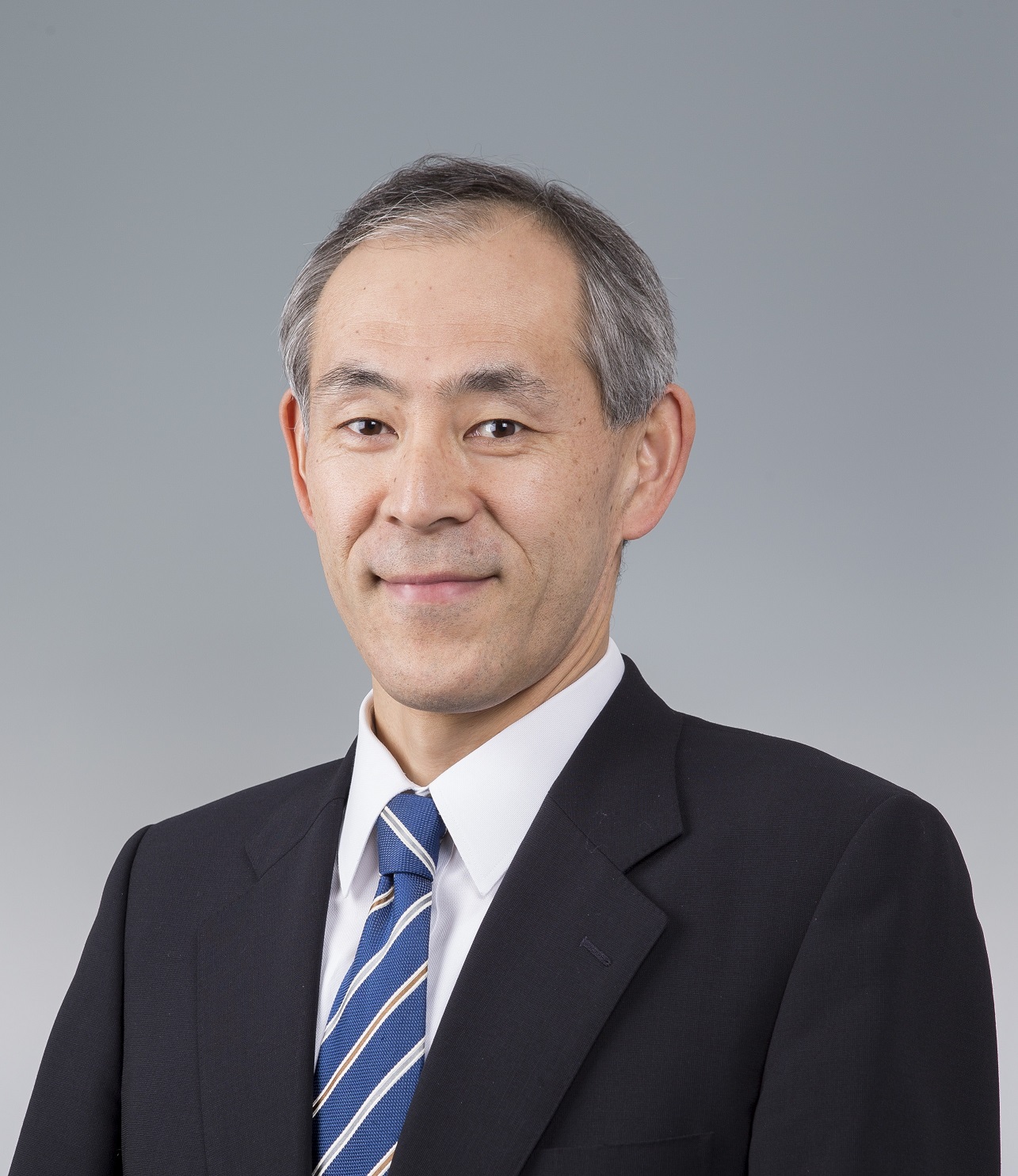| Biography | |
|---|---|
 Prof. Hitoshi Soyama Department of Finemechanics, Tohoku University, Japan |
|
| Title: Mechanical Surface Treatment of Additive Manufactured Ti6Al4V by Cavitation Peening | |
| Abstract: Additive manufactured AM titanium alloy Ti6Al4V is attractive metallic materials for biomedical implants and aviation components, as shape is directly formed from computer-aided design CAD data with less leading time. However, weak fatigue strength of AM Ti6Al4V is a big problem for practical applications. Typical method to improve fatigue strength of metallic components is mechanical surface treatment such as shot peening. But, an increase of surface roughness due to shot collision sometimes causes weak spots on the treated surface. Soyama et al. developed cavitation peening without solid collisions [1],[2], and demonstrated the improvement of fatigue strength [3]-[5]. Cavitation is a phase change phenomenon from liquid-phase to gas-phase due to increase of flow velocity. At cavitation bubble collapse, micro-jet and shock wave are produced, and they produce impacts. Whereas cavitation is harmful phenomenon for fluid machineries such as pumps and valves, the cavitation impacts are utilized to improve fatigue properties for metallic components in cavitation peening. In conventional cavitation peening, cavitation is caused by injecting a high-speed water jet into water. However, “cavitation peening” is different from “water jet peening”. Note that water column impacts in the high-speed water jet are utilized in water jet peening. Thus, an expensive high-injection pressure plunger pump is required. On the other hand, relatively low injection pressure is good enough for cavitation peening, as cavitation impacts are used in the cavitation peening. Namely, in the case of cavitation peening, initial cost and running cost are much cheaper than that of water jet peening. In submerged laser peening, it is believed that pressure wave caused by laser ablation is used for mechanical surface treatment. Note that bubble is generated after laser ablation at the submerged laser peening. When the shockwave in water was measured, pressure wave induced by laser ablation was larger than that of bubble collapse. However, the impact passing through the material was larger than that of laser ablation, when the impact was measured. Even though the submerged laser peening, bubble impact is used for the mechanical surface treatment. Thus, at the present study, bubble induced by the submerged pulse laser is named as laser cavitation. Namely, the submerged laser peening is a kind of cavitation peening using laser cavitation. In the present keynote speech, fundamental and application of cavitation peening using a submerged water jet and a submerged pulse laser are explained, and the improvement of fatigue strength of AM Ti6Al4V is demonstrated comparing with shot peening. This work was partly supported by JSPS KAKENHI Grant Number 18KK0103 and 20H02021.
References [1] H. Soyama, Key Factors and Applications of Cavitation Peening, International Journal of Peening Science and Technology, Vol. 1, (2017), pp. 3-60, http://www.oldcitypublishing.com/wp-content/uploads/2017/11/IJPSTv1n1p3-60Soyama.pdf [2] H. Soyama, Cavitation Peening: A Review, Metals, Vol. 10, No. 2, (2020), paper No. 270, pp. 1-27, DOI:10.3390/met10020270 [3] H. Soyama, Comparison between the Improvements Made to the Fatigue Strength of Stainless Steel by Cavitation Peening, Water Jet Peening, Shot Peening and Laser Peening, Journal of Materials Processing Technology, Vol. 269, (2019), pp. 65- 78. [4] H. Soyama and F. Takeo, Effect of Various Peening Methods on the Fatigue Properties of Titanium Alloy Ti6Al4V Manufactured by Direct Metal Laser Sintering and Electron Beam Melting, Materials, Vol. 13, No. 10, (2020), paper No. 2216, pp. 1-26, DOI:10.3390/ma13102216. [5] H. Soyama and D. Sanders, Use of an Abrasive Water Cavitating Jet and Peening Process to Improve the Fatigue Strength of Titanium Alloy 6Al-4V Manufactured by the Electron Beam Powder Bed Melting (EBPB) Additive Manufacturing Method, JOM, Vol. 71, No. 12, (2019), pp. 4311-4318, https://rdcu.be/bM66I
| |
